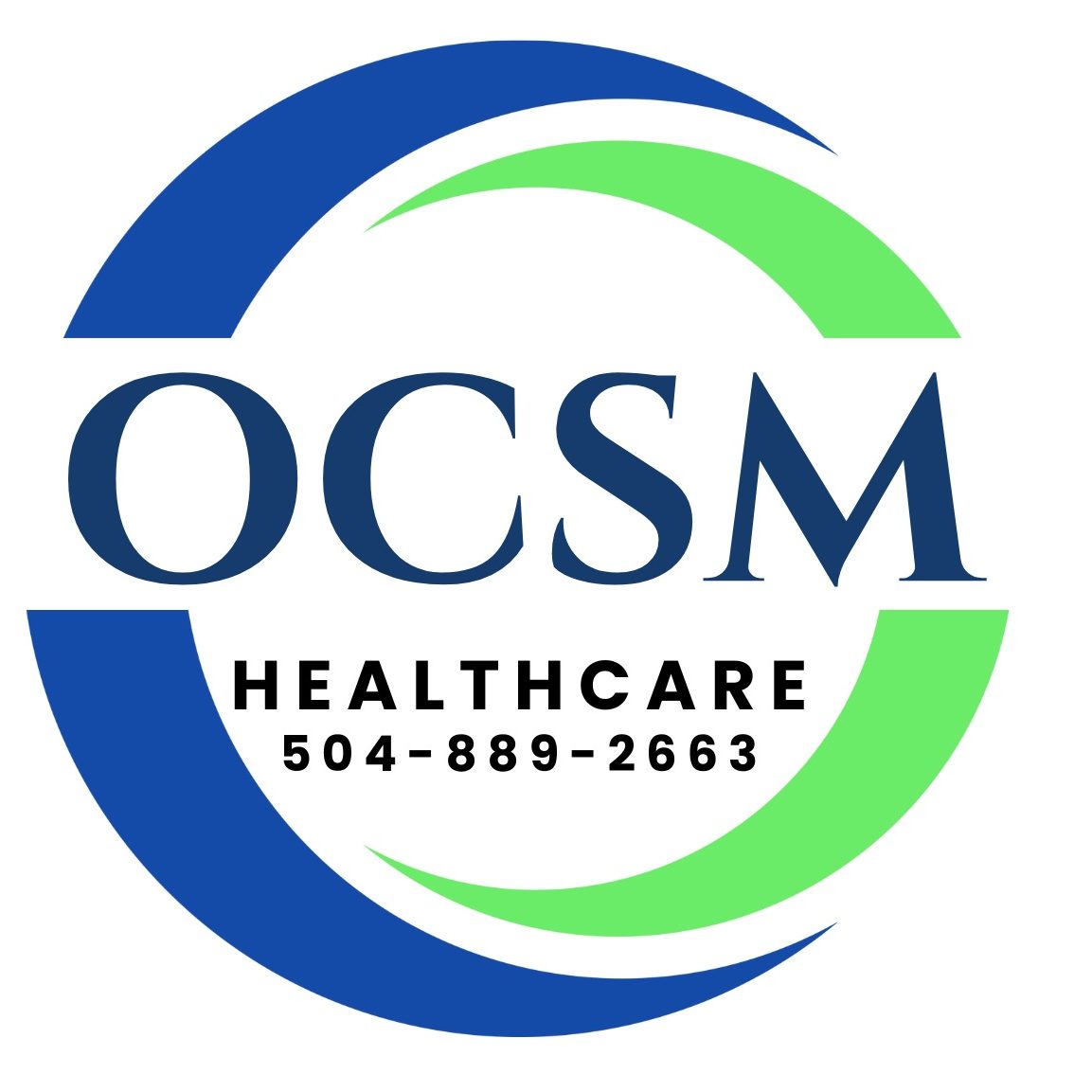High ankle sprain: An uncommon orthopedic injury
Ankle sprains are among the most common injuries treated by orthopedic surgeons. High ankle sprains represent approximately one percent of ankle sprains. High ankle sprains involve injury to the ankle syndesmosis, which is a group of ligaments that stabilize the tibia and fibula just above the ankle joint. Recognition of a high ankle sprain or syndesmosis injury is important because treatment may differ from that of a typical ankle sprain. Syndesmosis injury may occur with or without an associated fracture.
Diagnosis of a high ankle sprain is made with a careful history, physical examination and imaging studies. Patients may report a high-energy mechanism of injury such as a sports-related event. Patients typically report a twisting injury to the ankle involving an external rotation force. Pain with weight bearing may be noted. Physical examination usually shows diffuse swelling. Tenderness to palpation is present over the front of the ankle at the anterior syndesmosis. Plain radiographs (X-rays) are normal in many cases of high ankle sprain. In more severe high ankle sprains, and in injuries associated with fractures, radiographs will often show separation or diastasis of the tibia and fibula above the ankle. On occasion additional diagnostic studies such as stress radiographs or MRI scans are helpful in the diagnosis of a high ankle sprain.
Treatment of high ankle sprains depends on the severity of injury, specifically the presence of separation or diastasis of the tibia and fibula, and the presence of ankle instability. In injuries where there is no separation of the tibia and fibula and no ankle instability, nonsurgical treatment is appropriate. Rest, ice, compression and elevation are recommended. A non-weight bearing cast is used for two to three weeks, followed by use of a fracture boot and progressive weight-bearing. The recovery time for high ankle sprains is usually longer than that for severe lateral ankle sprains, on average 55 days compared to 28 days. If separation of the tibia and fibula is present on radiographs, then surgical stabilization with syndesmosis screws is usually necessary. If initial radiographs are negative but clinical suspicion for syndesmosis injury exists, then stress radiographs may be helpful to illustrate separation of the tibia and fibula. To properly diagnose and treat a high ankle sprain, an evaluation by an orthopedic surgeon is advised.
